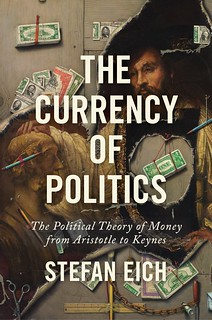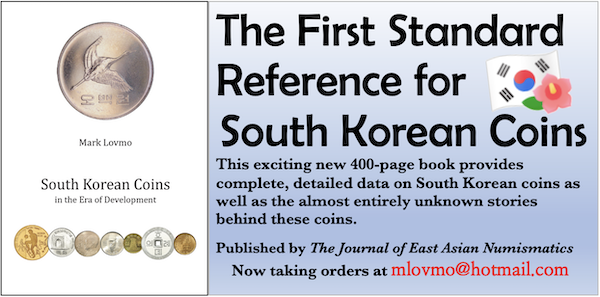
PREV ARTICLE
NEXT ARTICLE
FULL ISSUE
PREV FULL ISSUE
V25 2022 INDEX E-SYLUM ARCHIVE NEW BOOK: THE CURRENCY OF POLITICSThis week I came across a review of a new book from Princeton University Press on the broad history and future of money. Also reviewed is one we've mentioned before. -Editor
Akinobu Kuroda, A Global History of Money, Routledge, 2020.
We live in a time of unprecedented monetary innovation. Novel private monies like Bitcoin abound, because new technologies have made possible payment systems that bypass traditional banks. With the COVID-19 pandemic having expanded the frontier of Never before has the future of money been more uncertain – and thus full of possibility. And yet a historical perspective can help us make sense of unfamiliar terrain, because the future of money may well resonate with its deep past.
I say
Before that, there were
We have all grown up in a world of
To read the complete article, see:
On a related note, Kavan Ratnatunga of Sri Lanka writes: "The Reserve Bank of India (RBI) Rupee which has so far been legal tender only in India is becoming an international currency. The Indian Silver Rupee was used as legal tender in Ceylon from 1835 to 1917. Maybe the current economic crisis in Sri Lanka may bring it back." Since we've touched on the subject before, can anyone identify the cover artwork? -Editor
To read the complete article, see:
To read the earlier E-Sylum article, see:
Wayne Homren, Editor The Numismatic Bibliomania Society is a non-profit organization promoting numismatic literature. See our web site at coinbooks.org. To submit items for publication in The E-Sylum, write to the Editor at this address: whomren@gmail.com To subscribe go to: https://my.binhost.com/lists/listinfo/esylum All Rights Reserved. NBS Home Page Contact the NBS webmaster 
|

